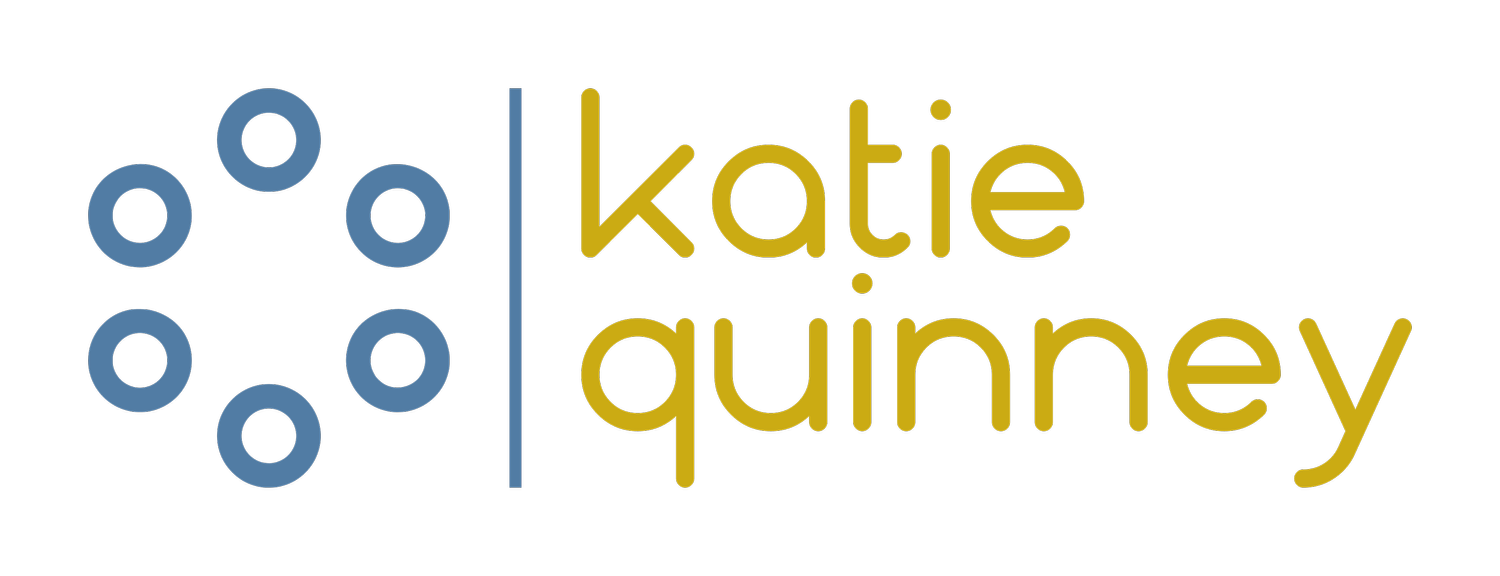Introduction to the S.C.A.R.F model
The S.C.A.R.F model was developed by David Rock and is a template for understanding how you react and respond to what you are facing on a day to day basis. It can help you gain insight into your reactions and more about your triggers and what makes you tick. Equally it can give you insight and connection with how others may be feeling and reacting.
The organising principle of the brain relates to the response that occurs during any interaction we have. We either decide to move towards something - it's safe and there is reward for us. Or to move away from something - it's a threat and not safe. Our brains - working well ahead of social media - #tag every interaction or stimulus we encounter super quickly (I read somewhere in about a fifth of a second) into one of these two categories.
Remember our brains are built for survival so it picks up on the threats really well - you are wired to spot and recognise the danger, the unsafe and the concerns. You have a natural negativity bias.
David Rock explains....A great short video on the idea and his model
So why is this so important for you as a leader in healthcare? The significance lies in how you respond, act and feel when you are in the two zones. Take a look at this diagram to compare the two.
When you are in the threat zone we close down, you can't think creatively, you don't see the big picture, it's all about survival, so you become defensive, possibly aggressive and disengaged. Given the challenges and demands to think about new ways of working within healthcare - not a good place for any of you to be in.
In contrast, when you feel safe and are in the reward zone you can think creatively, be innovative, see the big picture, your resilience is increased and you are more likely to collaborate. Pretty much the state everyone in healthcare needs.
So this model helps you understand your responses to situations and it can also help you as you work with others to understand their reactions and responses to what you say and do. As this article explains - helping you connect positively to influence behaviour.
David Rock developed the SCARF model to help categorise our social interactions and our responses to them. Each letter stands for an element of the model that helps you understand how you can be triggered to move towards either the threat/unsafe zone or the safe/reward zone. We'll take them one at a time and of course, there is interplay and overlap - nothing really comes in neat boxes (well new shoes do).
S - Status - Our relative importance to others
C - Certainty - Need for clarity and for things to be clear
A - Autonomy - Having control and having choices
R - Relatedness - The security and connection we have with people
F - Fairness - Fair exchange between people
Each of these elements can act as a trigger response for you - but one may be more important than another. I have autonomy and relatedness near the top of my list. You can do an online assessment to evaluate which aspects are more significant to you - but remember - any one can trigger a response. Status is at the bottom of the list for me - but some of my biggest trigger moments (read losing the plot a bit) have been in connection to my status being threatened.
In summary - this model helps you understand your reactions a little more and how you can recognise the concerns of others and use that knowledge to guide your actions and choice of words to bring out the best in those you work with. This article by David Rock gives you the full tour of the model and how it supports collaboration and influencing others.
This page has one of the most useful downloads I've found - a good summary and some hints and tips for how to reduce a threat response in someone or a team.

